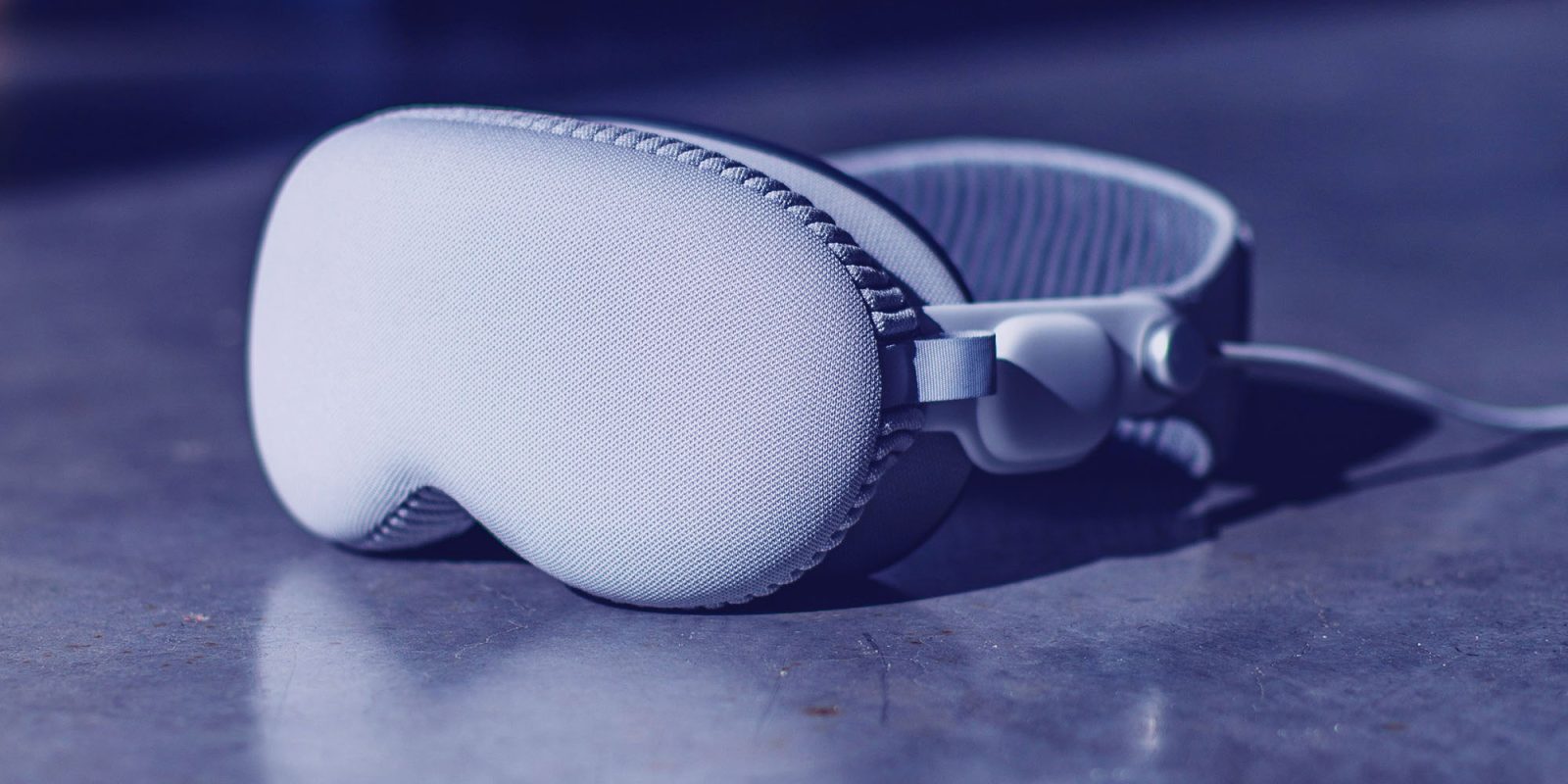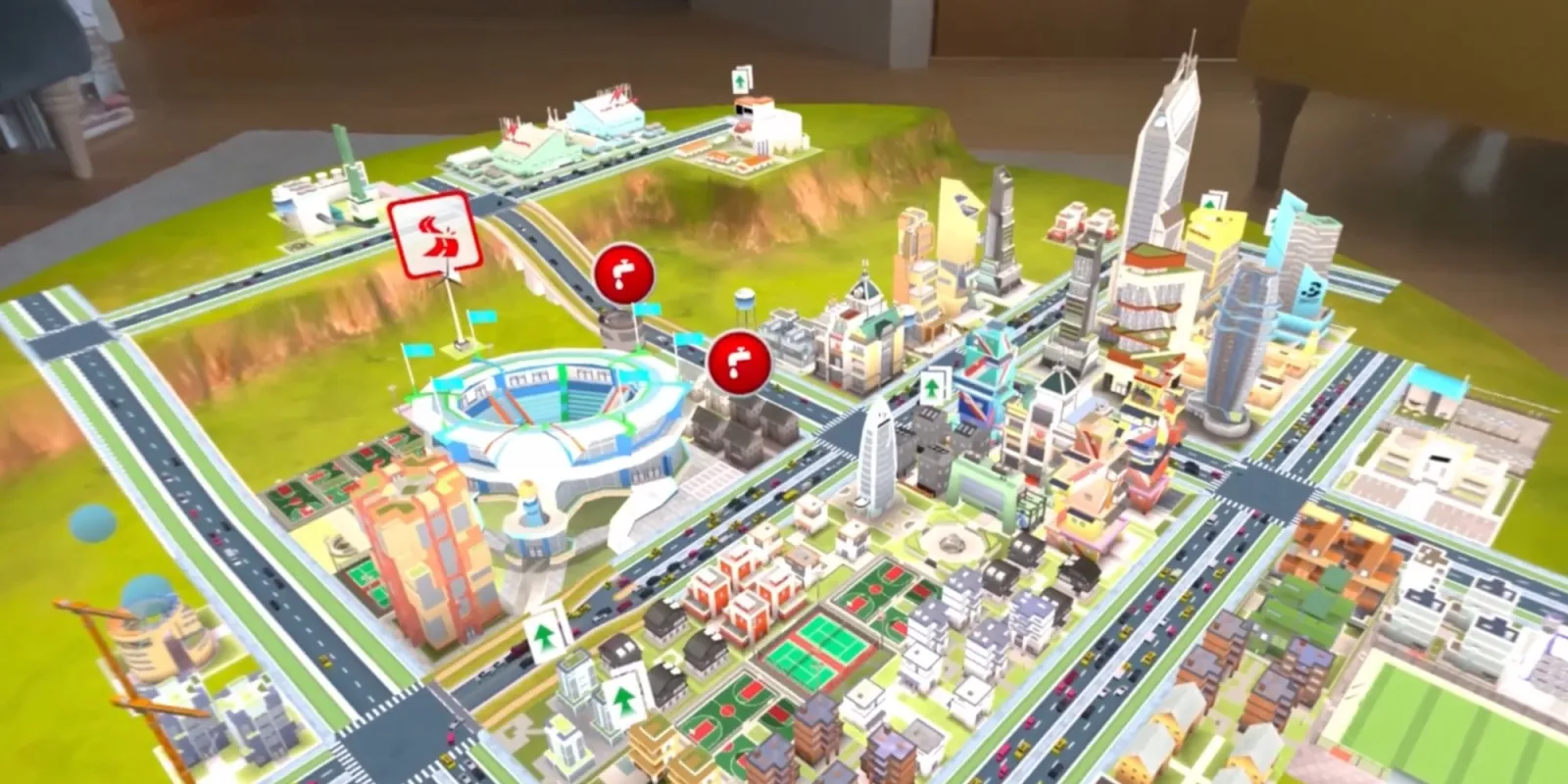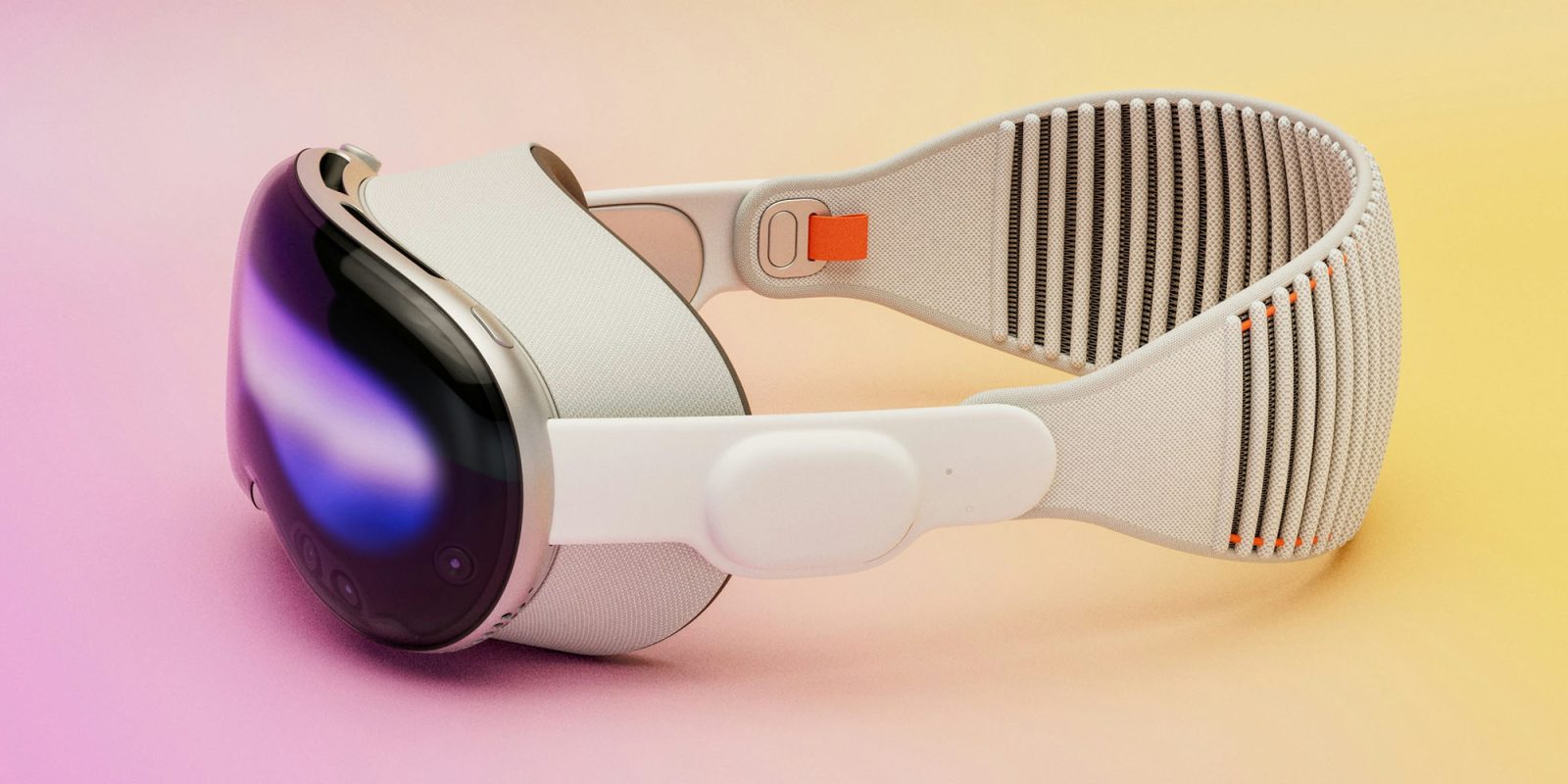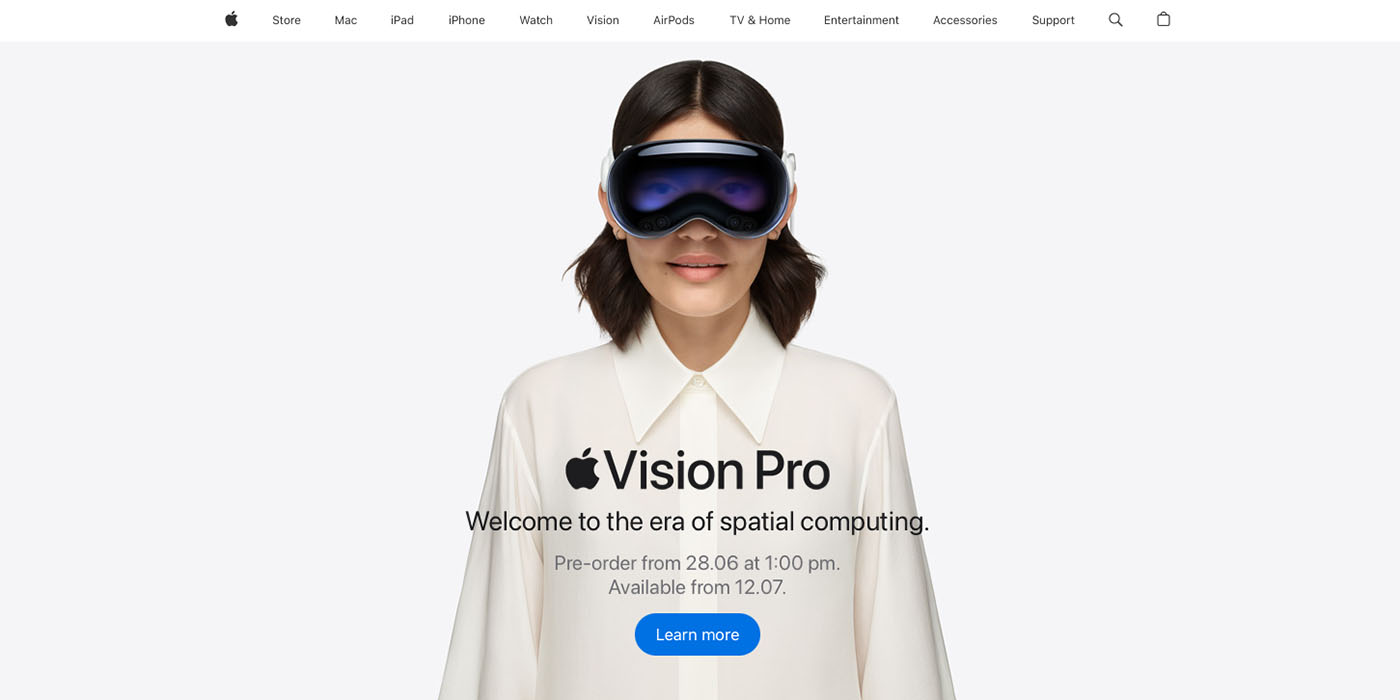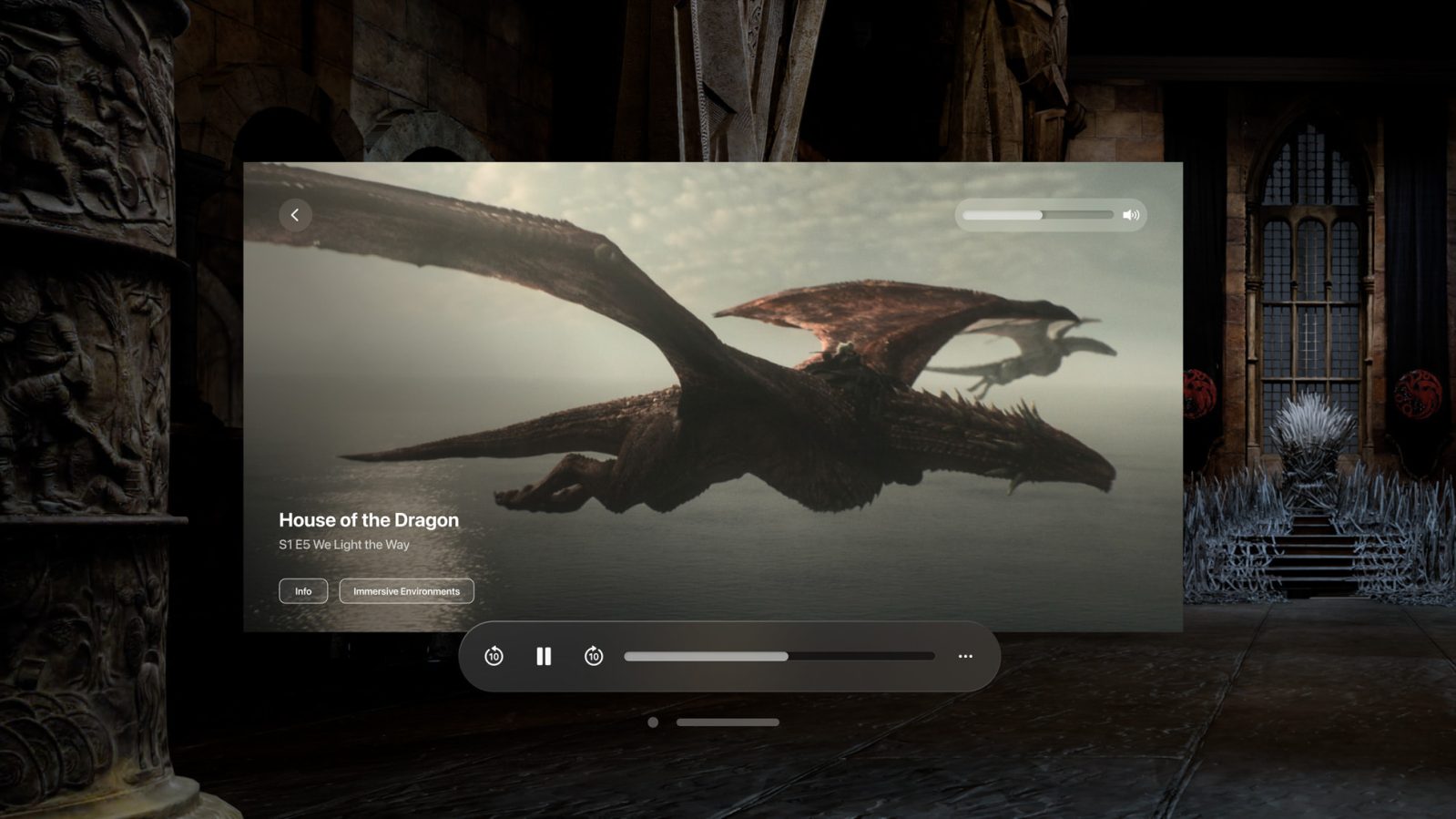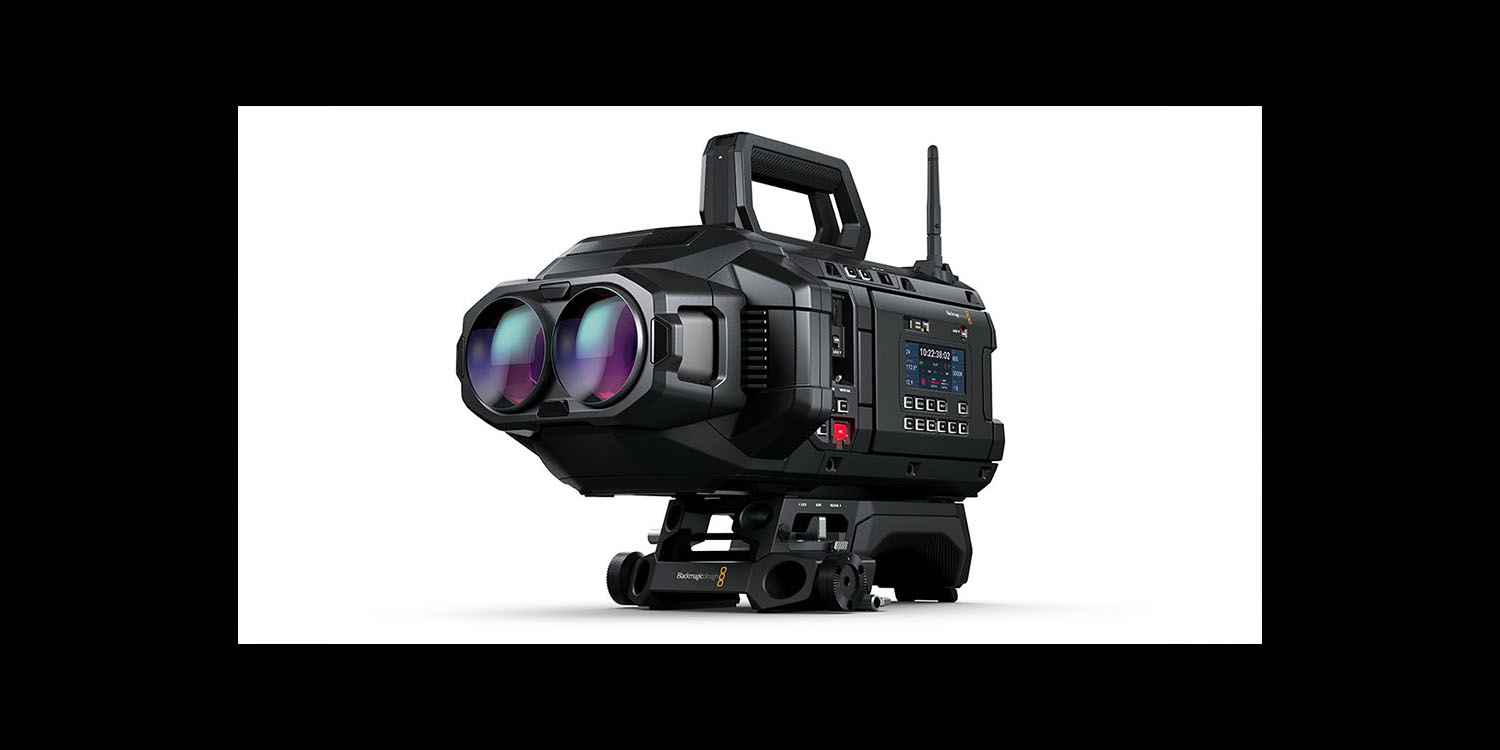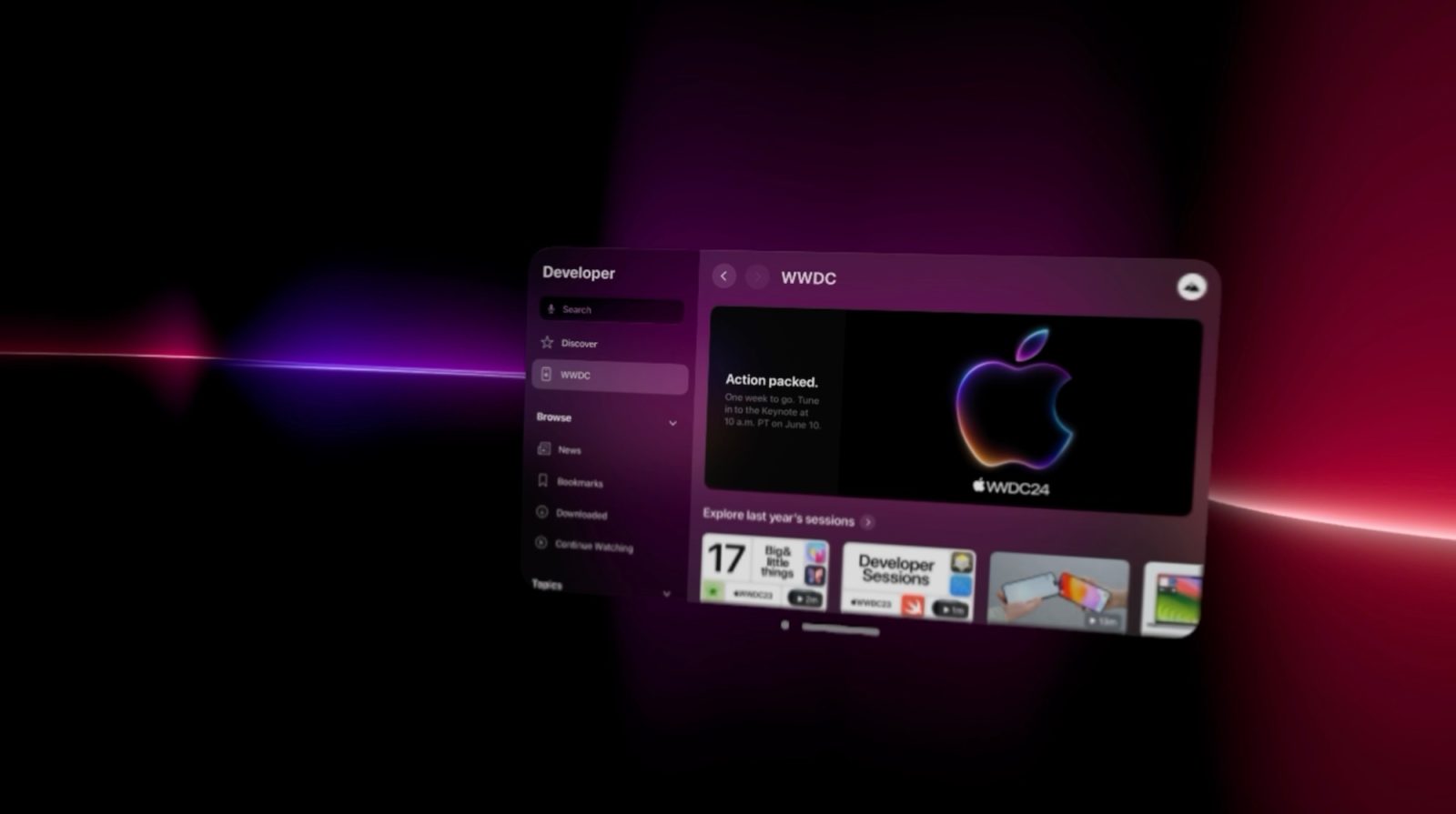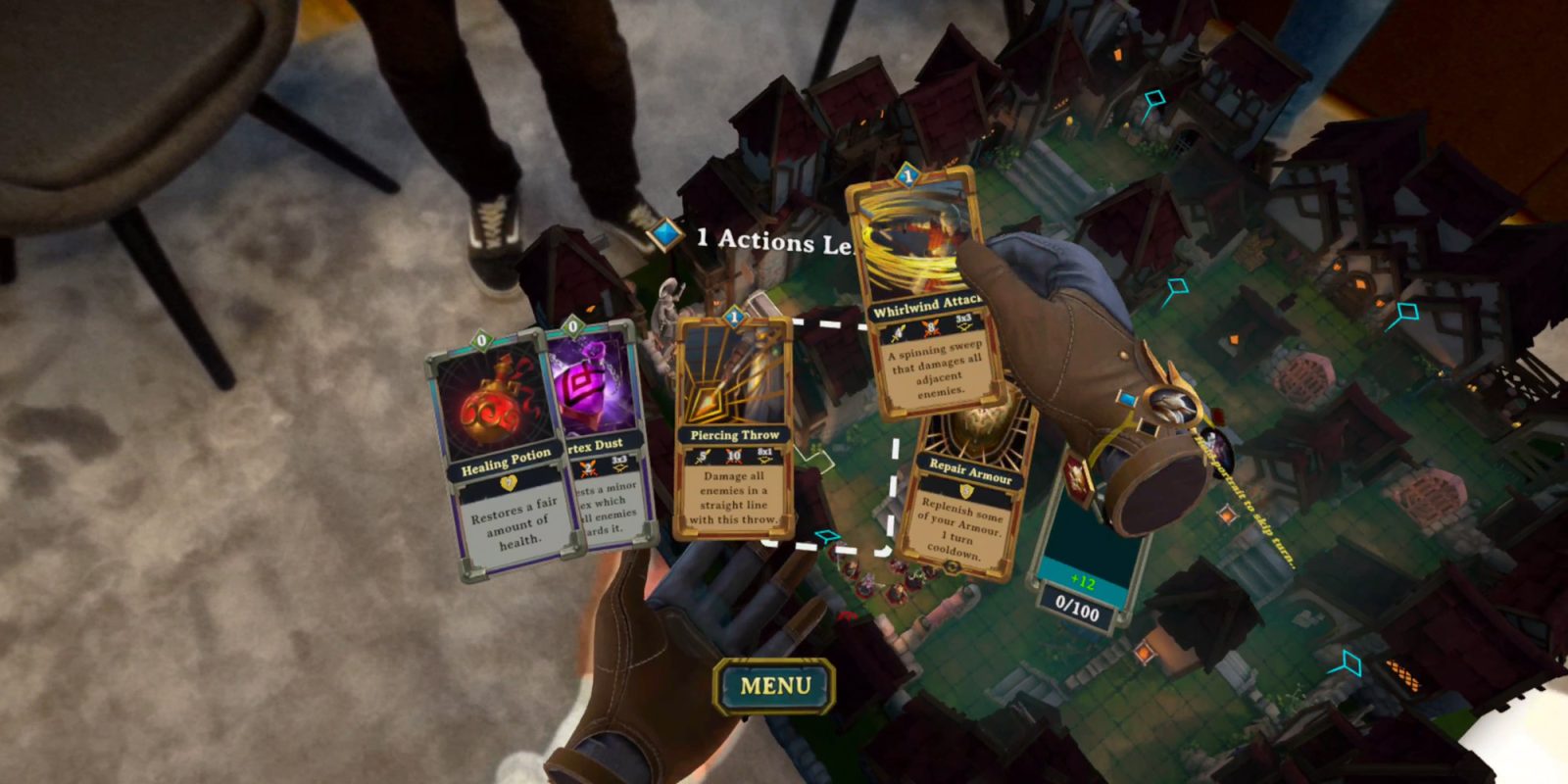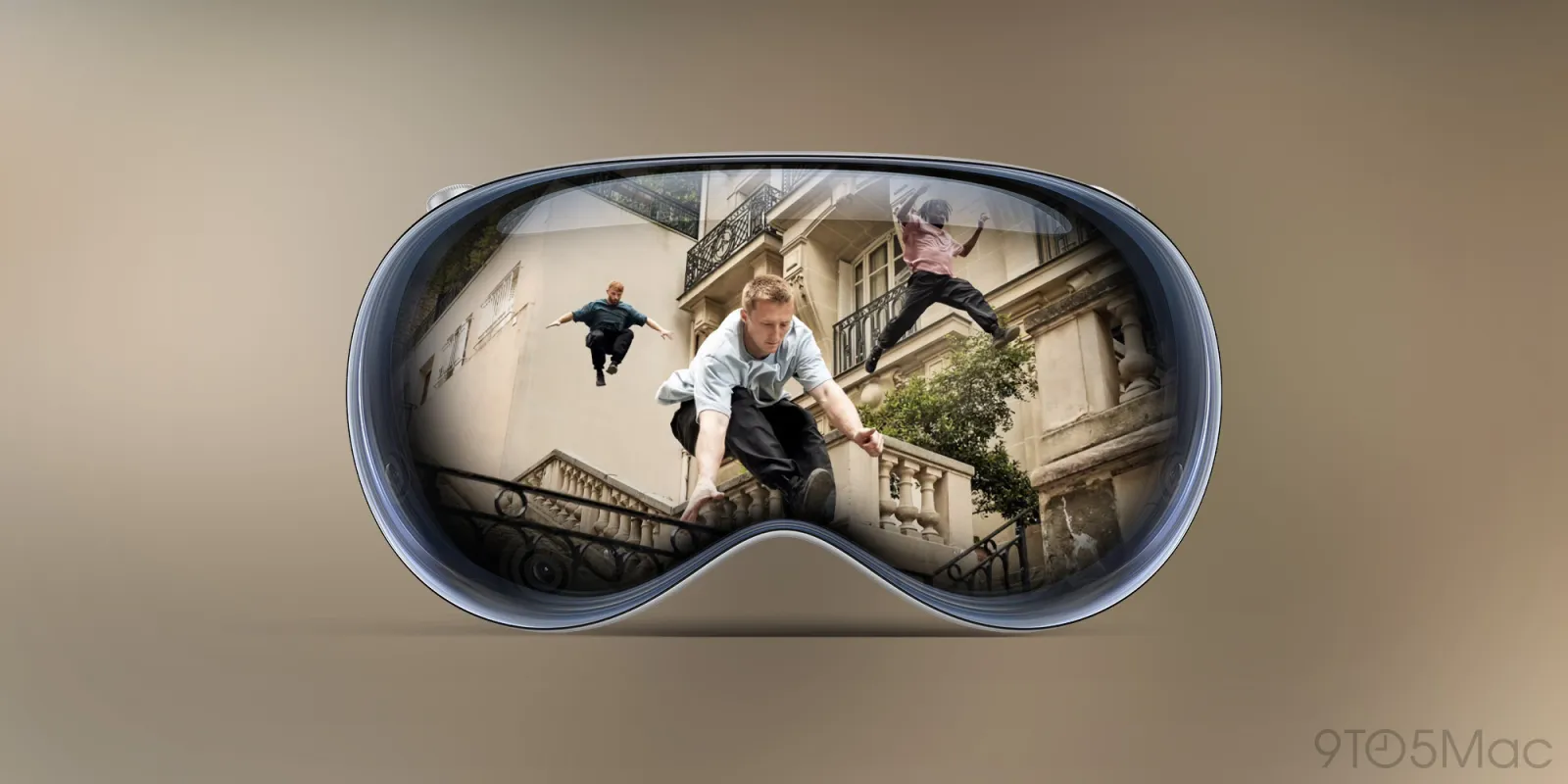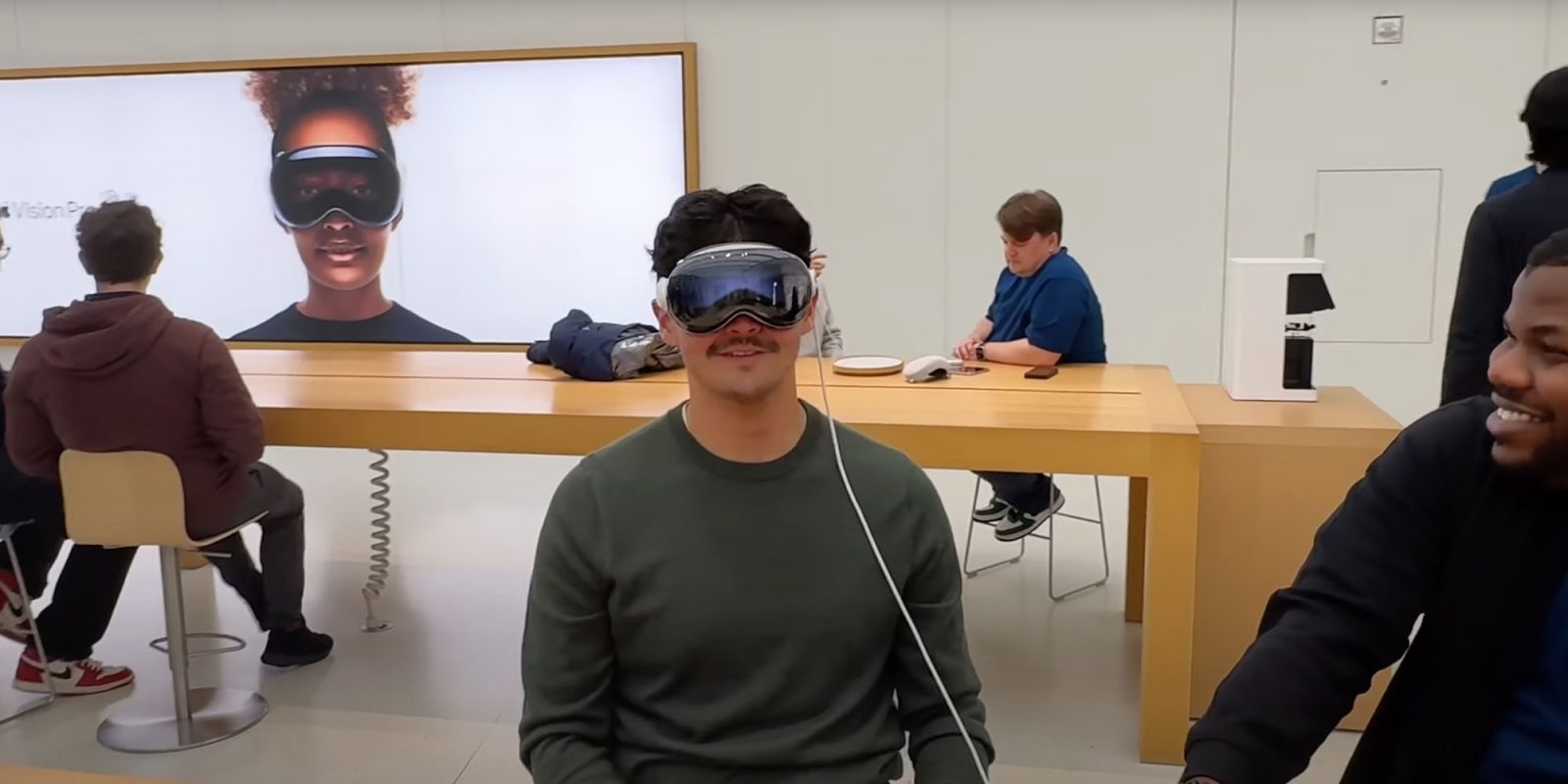Apple patent explains how Vision Pro comfort could be improved
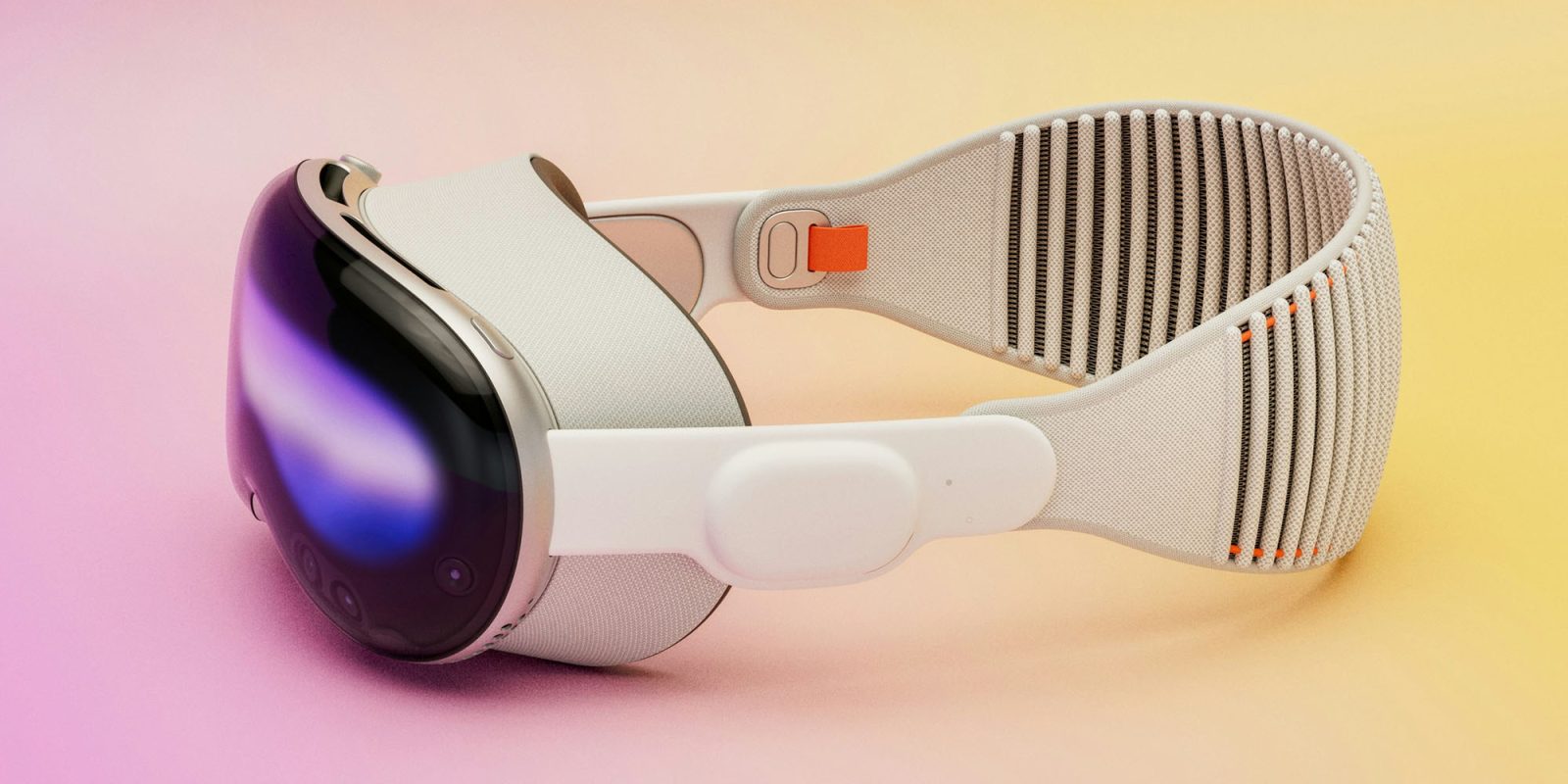
Vision Pro comfort is one of the biggest limiting factors for the device right now. Many owners say that the weight makes itself known in even moderate use, and my own experience was that I felt both the weight and heat in session lasting around an hour.
But the company may have a solution for either this or future Apple Vision products, as outlined in a newly-granted patent …
Expand Expanding Close